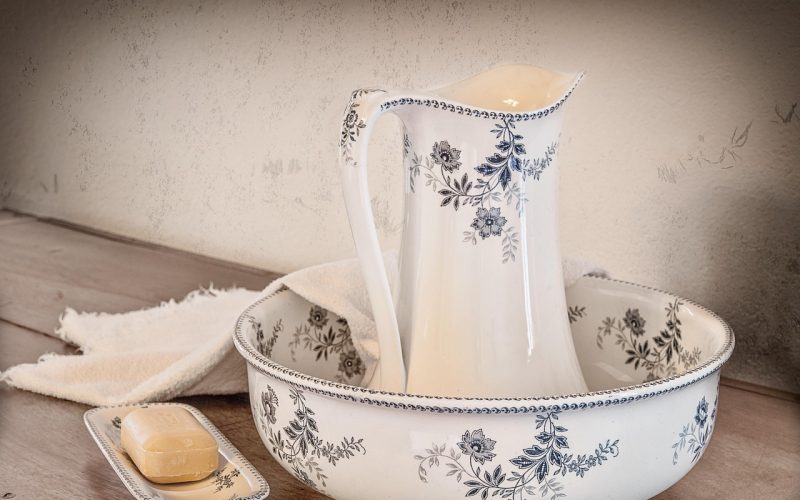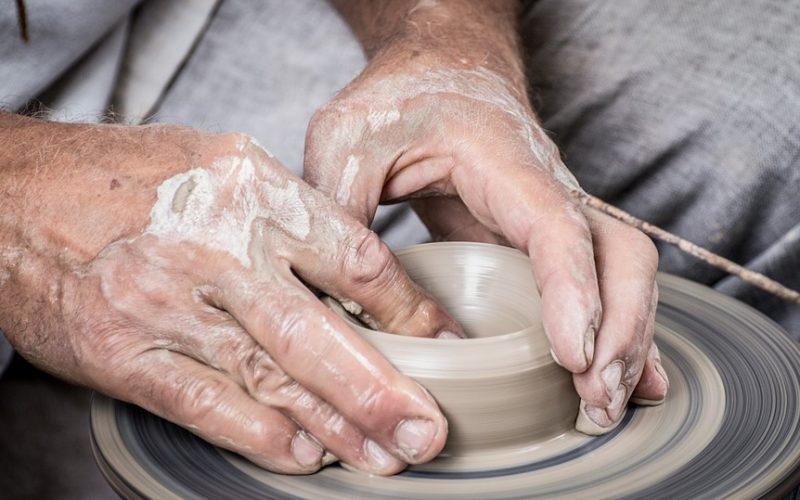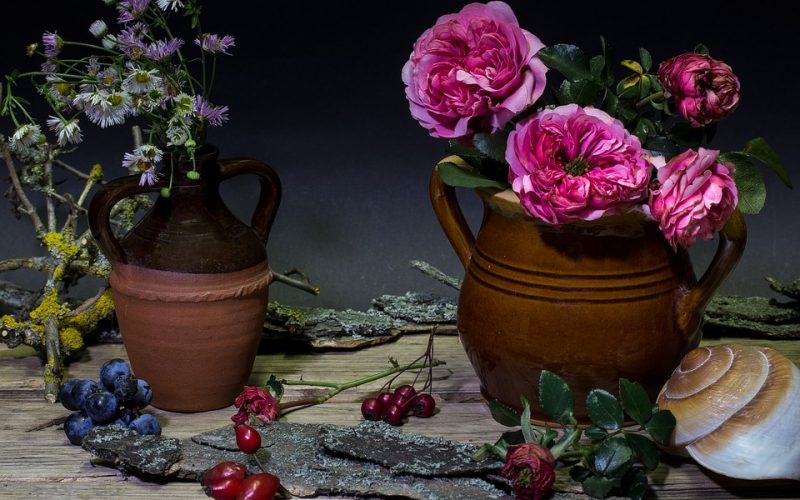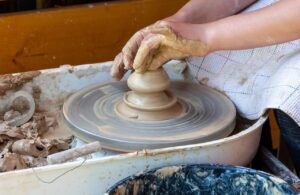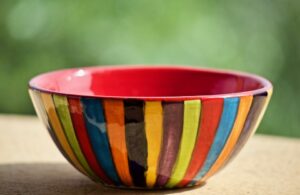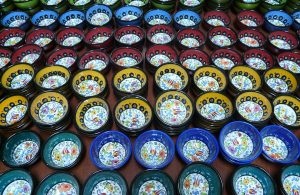Choosing the right clay for your ceramic projects can make a significant difference in the quality and finish of your work. Among the various types available, kaolin clay (commonly referred to as china clay) and kaolinite are popular choices due to their distinct properties and versatility. This guide will help you understand these clays better and make an informed decision for your next ceramic project.
Understanding kaolin and china clay
Kaolin, also called china clay, is a fine and soft white clay primarily composed of the mineral kaolinite. It is named after the Kao-ling mountain in China, where it was first discovered. This type of clay is widely recognised for its purity, durability, and ability to withstand high temperatures, making it ideal for ceramics.
China clay is often synonymous with high-quality porcelain and fine china. Its smooth texture and bright white colour offer excellent results in finished ceramics, particularly when combined with glazes that enhance its natural beauty.
Key properties of kaolin clay
Kaolin clay has unique properties that make it stand out among other clay types. It is highly refractory, meaning it can withstand very high firing temperatures without losing its shape or integrity. This makes it an excellent choice for creating durable ceramics and advanced technical applications, such as in refractory materials.
Additionally, kaolinite has low plasticity compared to other clay types, which means it is less sticky and more difficult to shape. For beginners or projects requiring intricate designs, this may require mixing kaolin with a more plastic clay to achieve the desired workability.
Best uses for kaolin in ceramics
Kaolin is a top choice for many professional ceramists and potters due to its versatility. It is most commonly used to produce high-quality porcelain and bone china, prized for their strength, delicacy, and smooth surface. With its ability to retain fine details, kaolin is ideal for intricate sculptures, ornate vases, and other decorative ceramics.
Furthermore, kaolin clay is often used in combination with other clays to enhance the strength and firing quality of stoneware and earthenware. It is also a critical component in making ceramic glazes, contributing to their smoothness and translucence.
Working with china clay
While kaolin clay offers exceptional properties, working with it can require some adjustments, particularly if you're used to more plastic clays like ball clay. Its low plasticity can make it challenging to shape and form, especially for hand-building projects. However, this can be overcome by adding other clays, grog, or deflocculates to increase its workability.
China clay responds well to wheel-throwing when appropriately mixed and is known for producing clean, crisp edges in moulded pieces. However, because kaolin is less forgiving during the drying process, care must be taken to avoid cracks or uneven shrinkage.
Firing requirements for kaolin clay
Kaolin clay requires high firing temperatures, typically between 1200°C and 1400°C, depending on its composition and intended use. This makes it ideal for creating porcelain and stoneware that require vitrification. Its high firing range also results in excellent durability and resistance to water absorption.
It’s important to note that kaolin's firing colour is generally white, which serves as an excellent base for coloured glazes or intricate decorations. Experimenting with various glaze finishes on china clay can result in visually stunning and highly professional results.
Choosing the right clay for your project
When deciding between pure kaolin clay or mixtures with other clays, consider the needs of your specific project. For fine, delicate work such as porcelain or decorative ceramics, kaolin’s smoothness and purity make it unmatched. If your project requires more malleability or durability, you may benefit from combining kaolin with other clay types.
By understanding the unique characteristics of kaolinite, you can explore its full potential and take your ceramics to the next level. Whether crafting elegant porcelain or experimenting with decorative glazes, china clay is a versatile and highly rewarding choice for ceramic artists.
